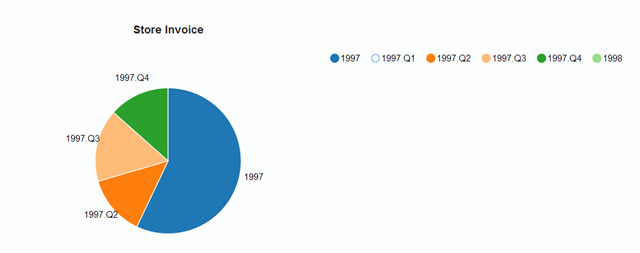

I recently reviewed this title and found it short on a few important consideration such as cross client authorization. This is definitely a book for developers who are beginning android application development, but isn’t comprehensive.
I discuss about what each chapter covers and then offer suggestions later on how this book can be improved further.
Chapter 1: Android Security Issues
- Talks about the different security compliance standards
- What are the common problems in android applications
- How one can easily re-engineer your applications code.
Chapter 2: Protecting your code
Here the author talks about why you should obfuscate your code. It starts by explaining how easy it is to re-engineer the code, if the code is not obfuscated. Obfuscation tools are then covered to show how to obfuscate your applications code. The author then talks about disassemblers to show that even though obfuscation might deter someone from looking at your code, It might not truly prevent someone from hacking your application code.
Chapter 3: Authentication
Here the author talks about different authentication schemes username/password, facebook login etc.
Chapter 4: Network communication
Talks about asymmetric public key encryption, Why you should use SSL security and demonstrates the Man in the middle attack. It also explains why your application should validate ssl certificates.
Chapter 5: Databases
Talks about general database best practices such as encryption and preventing SQL injection.
Chapter 6: Web Server Attacks
Talks about securing web services, XSS attack etc. Here, I feel the author should have covered authentication and authorization challenges that one usually faces with android applications, as one generally needs to implement validations of requests from mobile devices. For example, A user can easily know your service endpoint as the code is deployed on the client side and send a request to that URL from their application as well, So you need to differentiate between the request from your application and other applications. (I personally use Google plus sign in API's, along with server side token validation to ensure that any back-end requests are originating from within my application and are from the correct individual)
Chapter 7: Third party library integration
Mentions that you should be aware of the permissions that you are granting to the third party libraries.
Chapter 8:Device Security
Talks about device security issues and why you should enable encryption. It then talks about how device security is enforced on Kitkat. The author then discusses some android version specific exploits and offers certain solutions.
Chapter 9: The Future
This chapter covers Intent hijacking and how to deal with it in your android application. The chapter then covers devices such as android wear and the extended ecosystem of android devices and its impact on security considerations. Furthermore, the chapter covers tools which expose security vulnerability in your application.
Conclusions:
The book covers a lot of common security vulnerabilities that developers expose while writing the android applications and has a lucid prose and demonstrates these vulnerabilities practically by showing examples. It also offers solutions to those problems. For a developer who is beginning application development with android, having knowledge about these issues is important. However, most of these issues would be known to experienced developers. I feel the detailed coverage of topics such as securing back-end services unobtrusively, OAuth, OWSM, etc could have added value to the book. Maybe its just me but I expect these topics to be covered in detail, as most of the android applications would be using some form of back-end service to offload heavy processing. I rate it 3.5 for the content it has covered.









